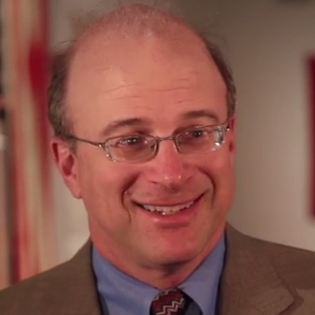
On the morning of Dec. 7, 1941, a fleet of more than 300 Japanese Imperial aircraft launched a devastating attack against the United States naval base at Pearl Harbor, Hawaii.
As the nation prepares to commemorate the 76th anniversary of the attack on Pearl Harbor, Florida State University Associate Professor of History and Director of the Institute on World War II and the Human Experience Kurt Piehler is urging meaningful reflection on the tragic event that hastened the United States’ entry into the Second World War.
“Pearl Harbor is always an important anniversary to observe because it allows us the opportunity to contemplate and wrestle with how to best deal with nations that threaten our national interests,” Piehler said.
The unannounced blitz on the Hawaiian naval base was the violent culmination of escalating prewar tensions between the United States and Imperial Japan.
In the months preceding the attack, President Franklin D. Roosevelt and Secretary of State Cordell Hull sought to curtail Japanese aggression in Asia with a policy of deterrence and economic sanctions, including an oil embargo that threatened to significantly hamper Japanese military operations.
“American officials strived for a diplomatic solution to the crisis, but miscalculated the degree to which the oil embargo forced Japan on the road to war,” Piehler said. “Refusing to give in to American demands to retreat from China, Japan instead made a surprise attack on the American naval base at Pearl Harbor.”
The attack overwhelmed the unwitting Americans. Four U.S. battleships were sunk, fleets of harbored cruisers and destroyers sustained significant damage and 188 U.S. aircraft were destroyed. The casualties were harrowing: 2,335 American military personnel and 68 civilians were killed.
The materials housed in FSU’s Institute on World War II and the Human Experience play a crucial role in preserving the memories of the men and women affected by the events of Dec. 7, 1941 — a date that, as President Roosevelt predicted in the days following the attack, “will live in infamy.”
Among the institute’s archived materials is a 2011 interview with Werner Klemm, a World War II veteran and Pearl Harbor survivor, in which he describes the morning of the attack as one of tumult and terror.
“At five minutes to eight, there was the first call to colors… I saw the airplanes coming up over the mountain, out of the sun. They were fluttering down like cards in a deck. A couple bombs came down, so I dropped my ammunition and I laid down on the deck… One bomb went on the one side and it splashed me with water, and the other bomb went on the other side and it took out one of the anti-aircraft guns and killed three men… The place was full of oil and the oil was burning, so we started pulling the men out of the water… Some of the men were badly burned and their skin would come off when you’d try to grab them.”
Stories of individual experience like Klemm’s are paramount in communicating the human cost of war. The mission of FSU’s World War II institute is to foreground the daily lives of individual people and to preserve the stories of emotional and physical suffering that history tends to ignore.
The reams of documents, artifacts and photographs archived at the institute play a critical role in bridging the gap between the lives of men and women during the war and the scholarship of contemporary researchers.
“We have tens of thousands of letters, photos, diaries and other documents that help preserve the legacies of the people affected by World War II,” Piehler said. “Part of the goal of the institute is to promote the teaching of the war, from undergraduate study to doctoral dissertations.”
The institute, located in FSU’s Bellamy Building, boasts a catalog of more than 6,800 collections from individual donors.
“There are still lessons to be learned from World War II, and it’s always important to remember the men and women who died in service to their country,” Piehler said. “To understand American society, you have to understand the Second World War.”
For more information on FSU’s Institute on World War II and the Human Experience, visit http://ww2.fsu.edu.




